Fitting a saddle to a horse is a crucial aspect of horse ownership and riding. A well-fitted saddle ensures the comfort of both the horse and the rider, as well as the safety of the riding experience. Proper saddle fit is essential for the horse’s well-being, as an ill-fitting saddle can cause discomfort, pain, and even injury. In this article, we will explore the importance of fitting a saddle to a horse and provide practical tips for achieving the perfect fit.
The Importance of Proper Saddle Fit
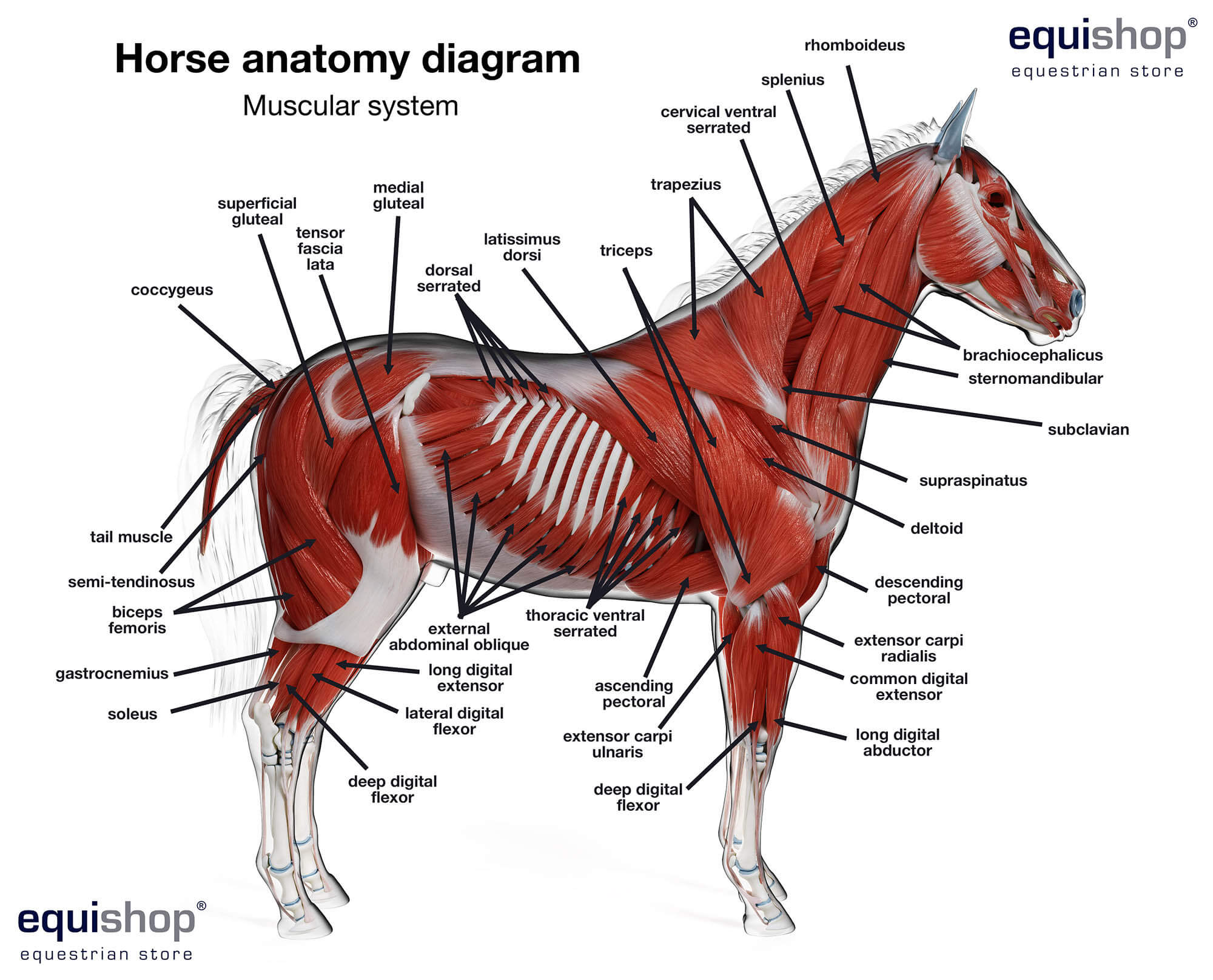
Ensuring Comfort and Performance
A well-fitted saddle is essential for the comfort and performance of the horse. When a saddle fits correctly, it distributes the rider’s weight evenly over the horse’s back, preventing pressure points and discomfort. This, in turn, allows the horse to move freely and perform at its best, whether in the show ring, on the trail, or in any other riding discipline.
Preventing Health Issues
An ill-fitting saddle can lead to a range of health issues for the horse. Pressure points caused by an improper fit can result in soreness, muscle atrophy, and even permanent damage to the horse’s back. In severe cases, a poorly fitting saddle can cause long-term lameness and other chronic health problems. By ensuring the proper fit of the saddle, horse owners can help prevent these serious health issues and promote their horse’s overall well-being.
Enhancing Rider Stability and Safety
In addition to the horse’s well-being, a well-fitted saddle is crucial for the safety and stability of the rider. A saddle that fits properly allows the rider to maintain a secure position, with proper balance and support. This is particularly important when riding in challenging terrain or engaging in high-speed activities. A secure and stable saddle fit can help prevent accidents and injuries for both the horse and the rider.
Understanding Saddle Anatomy
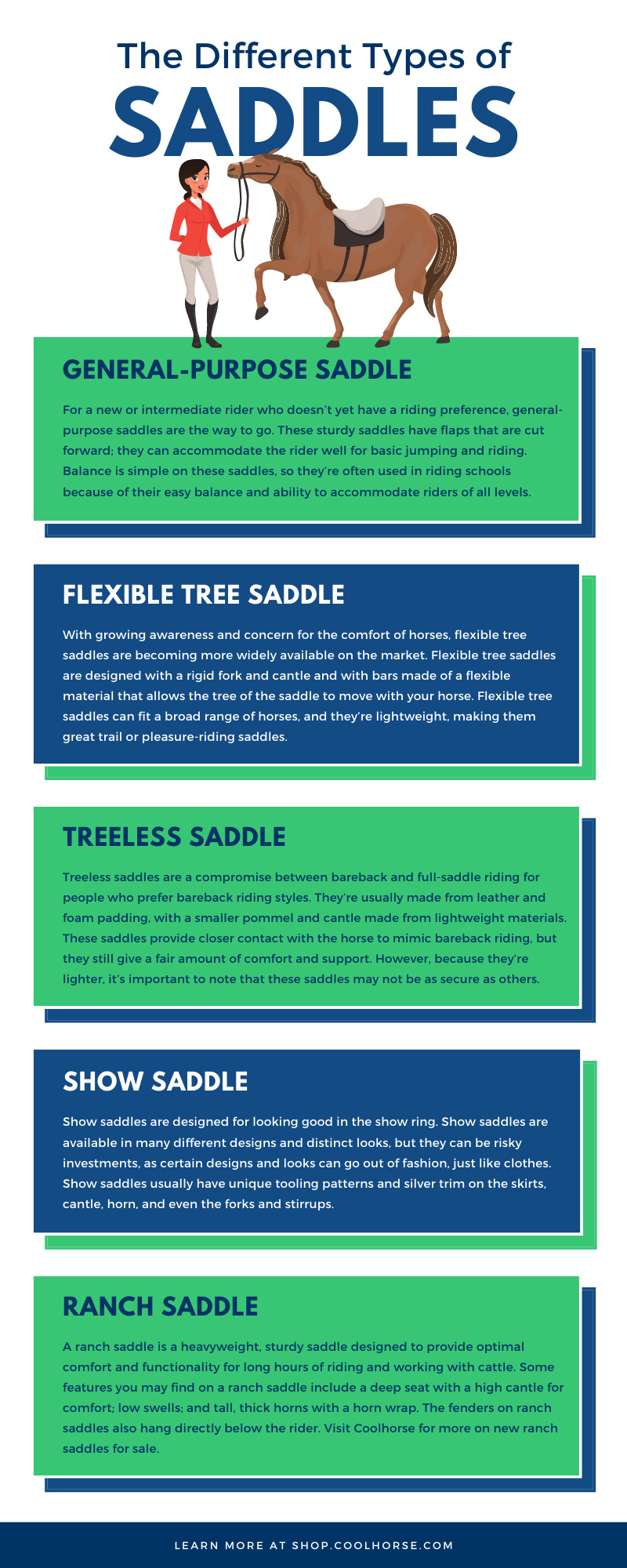
Saddle Tree
The foundation of a saddle’s fit is the tree, which is the rigid framework that sits underneath the saddle’s leather or synthetic outer layer. The tree provides the structure and shape of the saddle, determining its fit and suitability for different horse breeds and body types. Understanding the tree’s construction and how it relates to the horse’s back is essential for achieving a proper fit.
Panel and Padding
The panel is the part of the saddle that makes direct contact with the horse’s back. It is typically padded to provide cushioning and shock absorption. The panel’s shape and padding play a significant role in distributing the rider’s weight evenly and preventing pressure points. Different saddle designs feature varying panel configurations, which should be taken into account when fitting the saddle to a specific horse.
Gullet and Channel
The gullet is the open space underneath the pommel of the saddle, which allows clearance for the horse’s withers. The channel runs along the underside of the saddle, providing clearance for the horse’s spine. Both the gullet and the channel are critical for ensuring that the saddle does not put pressure on the sensitive areas of the horse’s back. Proper clearance in these areas is essential for achieving a comfortable and safe fit.
Assessing Saddle Fit
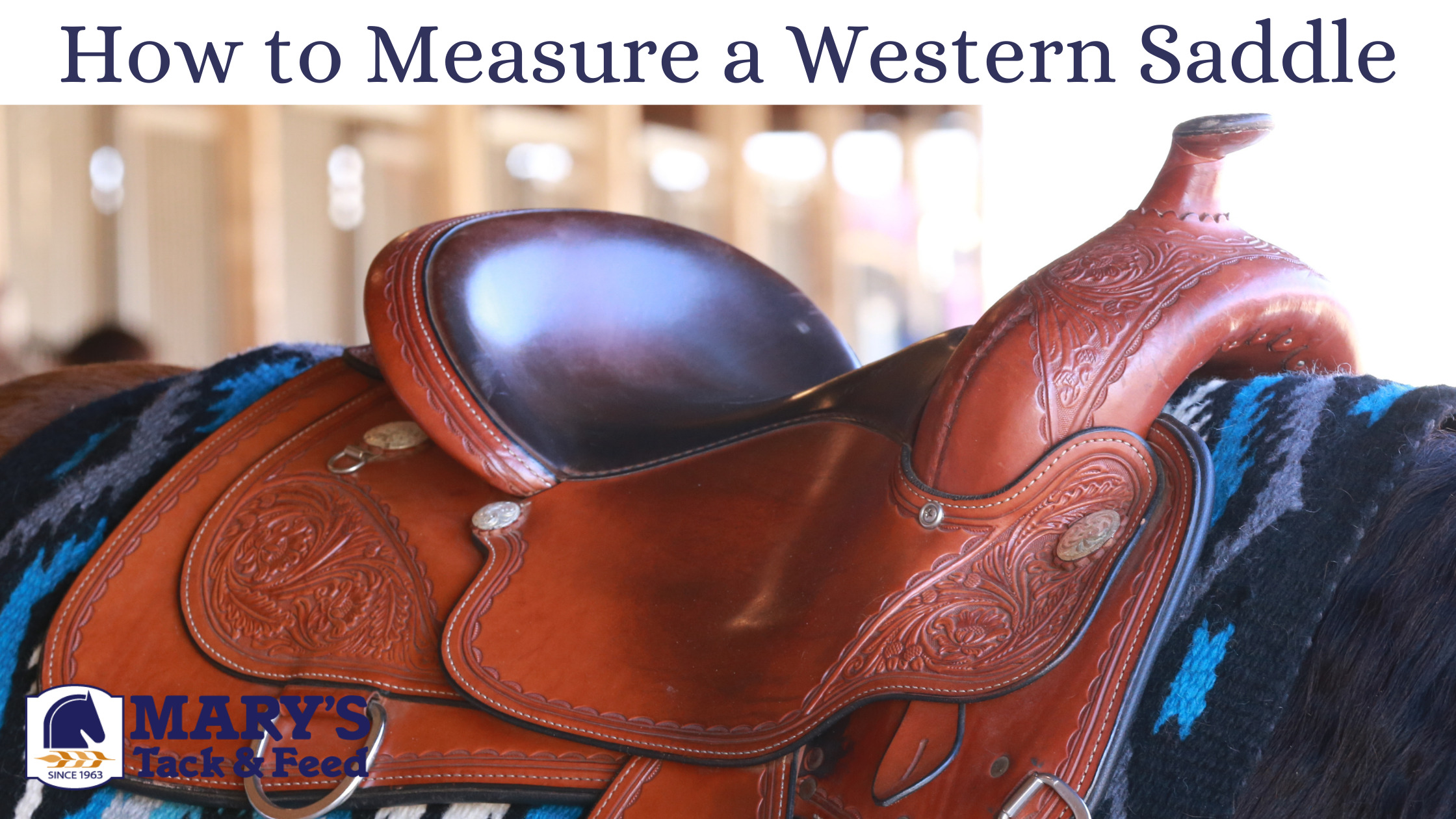
Observing the Horse’s Back
Before placing a saddle on the horse, it’s essential to assess the horse’s back for any irregularities or signs of discomfort. Look for areas of muscle asymmetry, sensitivity to touch, or signs of white hairs, which can indicate pressure points from previous saddle fit issues. Understanding the horse’s back shape and condition is the first step in achieving a proper saddle fit.
Static Fit
The static fit involves placing the saddle on the horse’s back without a rider and assessing how it sits. Check for even contact along the length of the panels, ensuring that the saddle distributes pressure evenly without rocking or bridging. The gullet and channel should provide sufficient clearance over the withers and spine, with no interference or pinching. Take note of any gaps or pressure points that may indicate an improper fit.
Dynamical Fit
The dynamical fit involves observing the saddle’s fit while the horse is in motion. Have a rider mount the horse and walk, trot, and canter to assess how the saddle performs during movement. Look for any signs of discomfort or restriction in the horse’s movement, such as pinned ears, swishing tail, or resistance. The saddle should maintain its position and contact with the horse’s back, allowing for free and unrestricted movement.
Adjusting the Saddle Fit
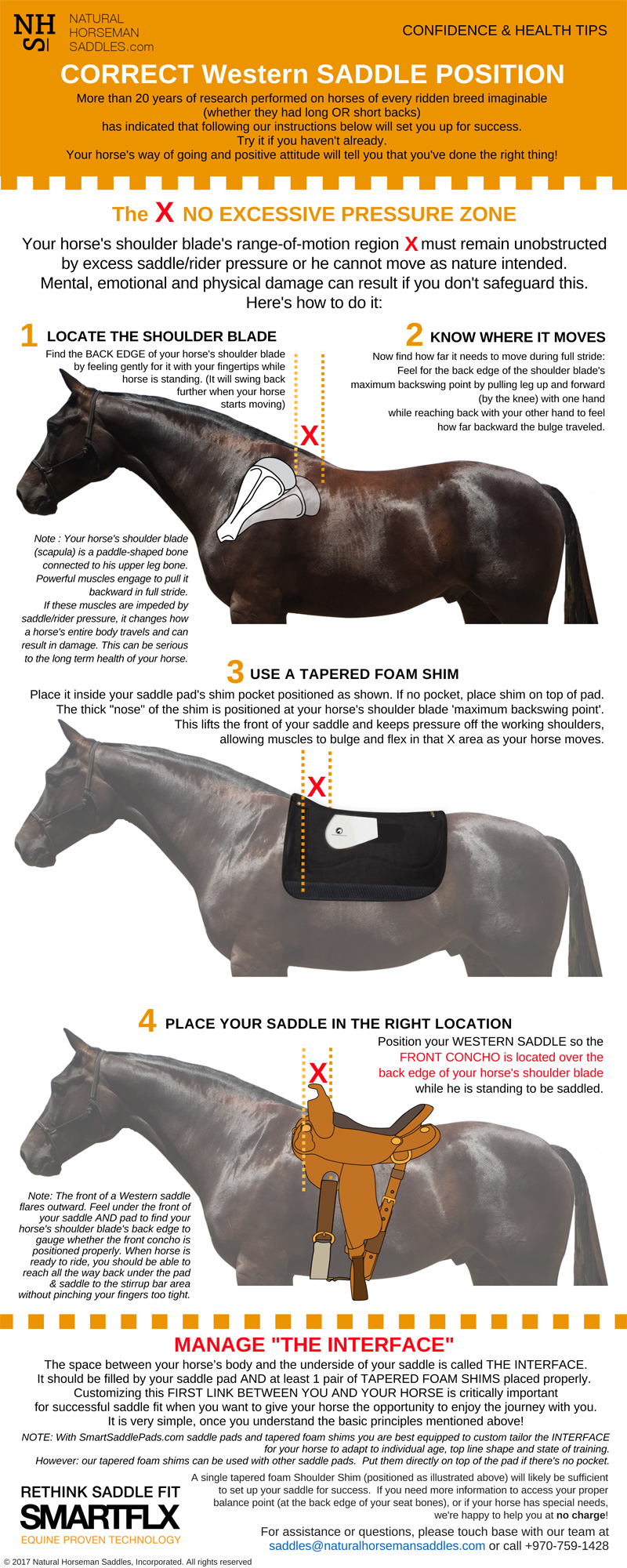
Professional Evaluation
If you are unsure about the fit of your saddle, consider seeking the expertise of a professional saddle fitter. These professionals are trained to assess saddle fit and make necessary adjustments to ensure proper alignment and comfort for the horse. A professional evaluation can provide valuable insights into the specific needs of your horse and help you make informed decisions about saddle fit.
Using Shims and Padding
In some cases, minor adjustments to the saddle fit can be made using shims and padding. These additional layers can help compensate for minor asymmetries in the horse’s back or provide extra cushioning in specific areas. However, it’s essential to use shims and padding under the guidance of a knowledgeable professional to ensure that they do not compromise the overall fit and balance of the saddle.
Considering Custom Options
For horses with unique conformation or specific fitting challenges, custom saddle options may be worth considering. Custom saddles can be tailored to accommodate the individual shape and biomechanics of the horse, providing a precise and comfortable fit. While custom saddles may require a higher investment, they can offer long-term benefits in terms of the horse’s comfort and performance.
Maintaining Saddle Fit Over Time

Regular Assessments
Saddle fit is not a one-time consideration; it requires ongoing attention and assessment. As the horse’s body changes with age, fitness level, and training, the saddle fit may need to be re-evaluated. Regularly assess the saddle fit and make adjustments as needed to accommodate the horse’s changing conformation and musculature.
Proper Care and Maintenance
Regular cleaning and conditioning of the saddle’s leather or synthetic materials are essential for maintaining its integrity and fit. Inspect the saddle for any signs of wear or damage, particularly in areas that come into direct contact with the horse’s back. Address any issues promptly to prevent them from affecting the saddle’s fit and performance.
Professional Check-Ups
Schedule periodic check-ups with a saddle fitter or equine professional to ensure that the saddle continues to fit well. These professionals can provide valuable insights and adjustments to help maintain the saddle’s fit over time, contributing to the long-term health and well-being of the horse.
If you’re interested in learning more about horses and their care, you might also want to check out our articles on how to make a costume for a horse and how to put boots on a horse. Additionally, our piece on how to transport a horse could provide valuable insights for horse owners and enthusiasts.
Conclusion
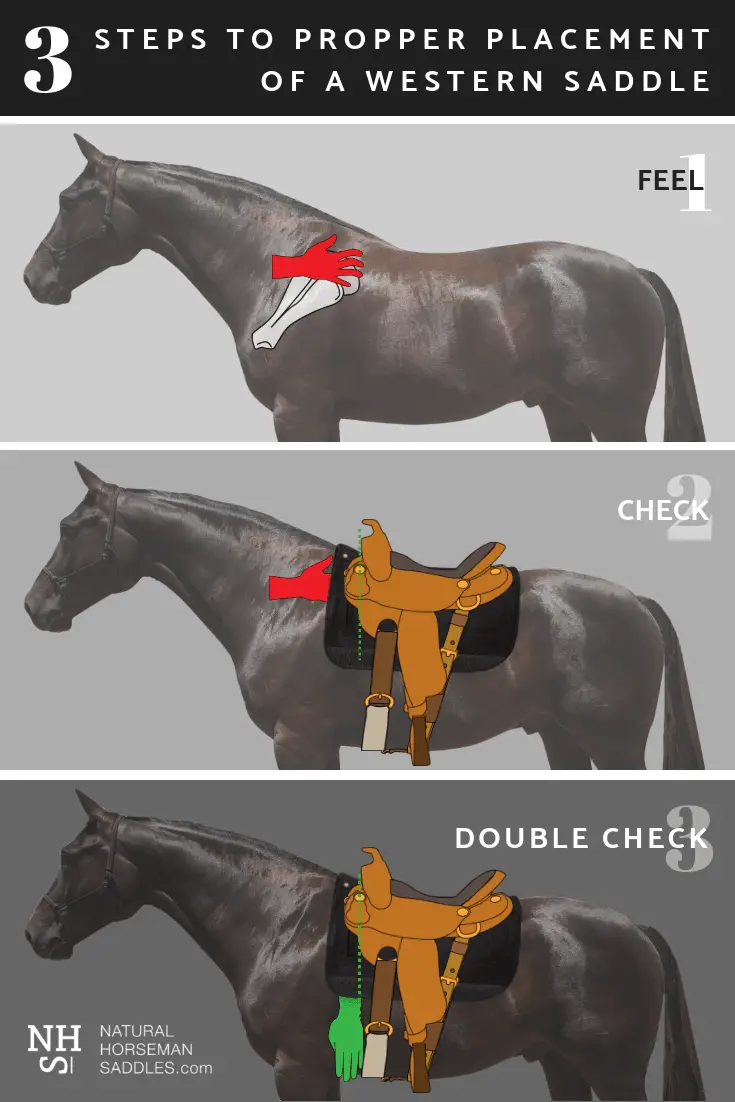
In conclusion, fitting a saddle to a horse is a fundamental aspect of responsible horse ownership and riding. A well-fitted saddle is essential for ensuring the comfort, health, and performance of the horse, as well as the safety and stability of the rider. By understanding the importance of proper saddle fit, assessing the saddle’s fit, making necessary adjustments, and maintaining the fit over time, horse owners can promote the well-being and longevity of their equine partners. Remember that achieving the perfect saddle fit is an ongoing process that requires attention, care, and a commitment to the welfare of the horse.



